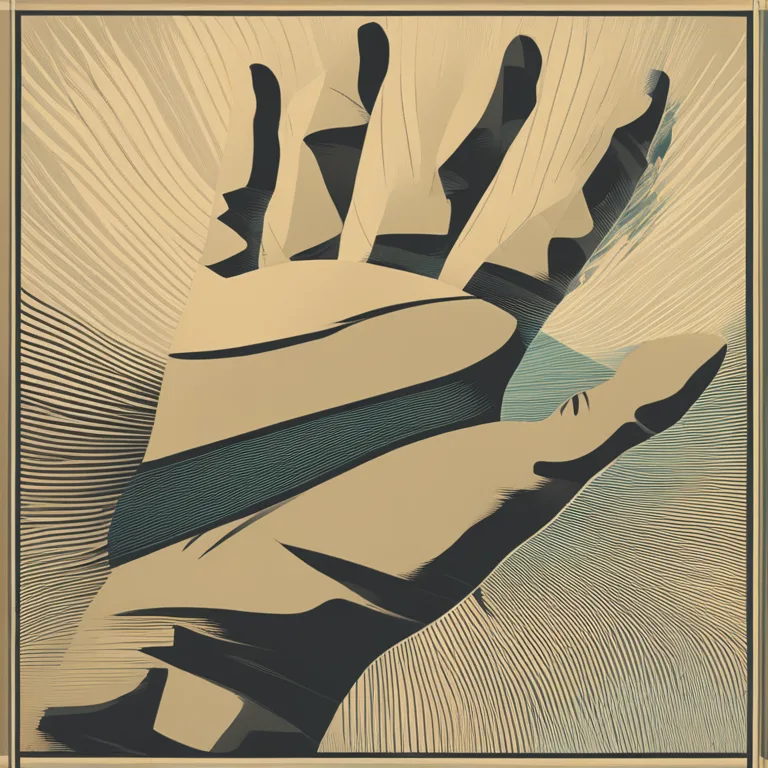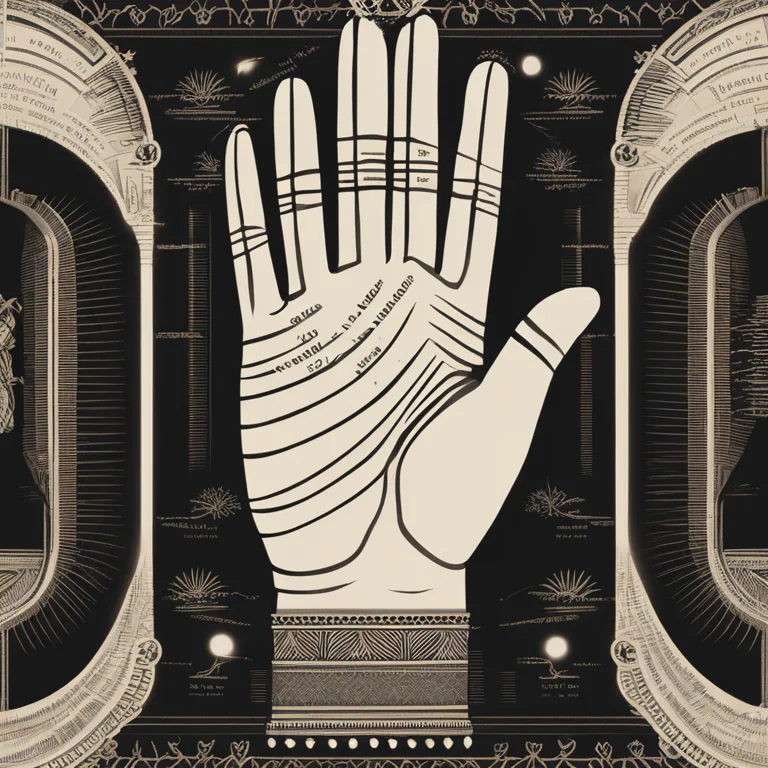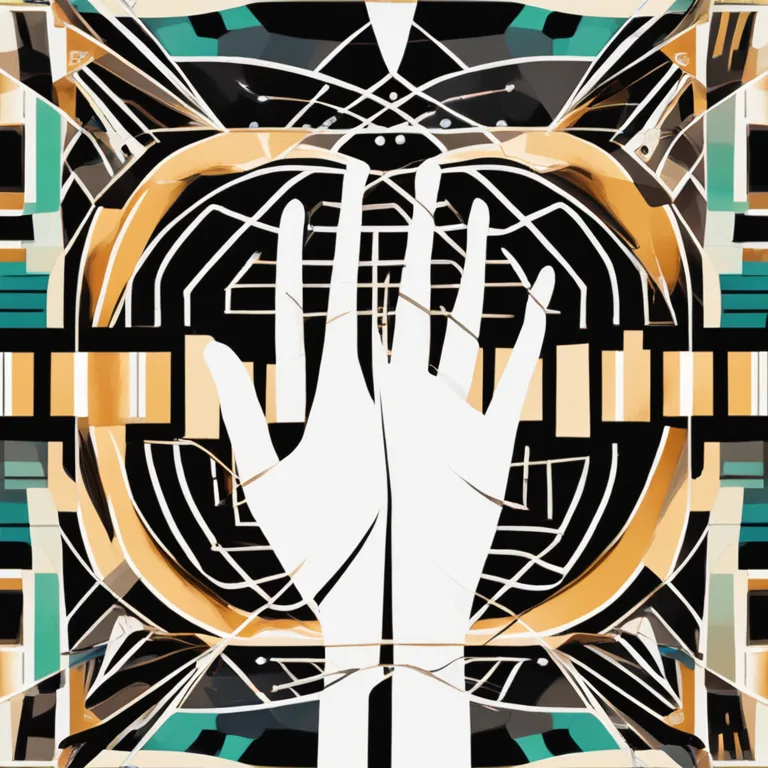
Do Palmistry Lines Ever Change?
Explore the intriguing concept of changing palm lines and what it might indicate for personal growth and future predictions.
article by Nora Pennington
The Nature of Palm Lines
The art of palmistry hinges on the belief that our palms harbor key insights into our personalities and life paths. Central to this practice are the lines etched on our palms, each purportedly signifying different facets of our existence. These lines are traditionally categorized into major types – the heart line, head line, life line, and fate line, among others, and are said to form a unique palmistic imprint reflective of individual destinies. However, the idea that these lines might alter over time introduces a dynamic perspective in palmistry's static interpretations.

Factors Leading to Line Changes
Various schools of palmistry consider the possibility that one’s palmistry lines can evolve. This alteration is said to occur due to a multitude of factors ranging from shifting personal circumstances, significant life changes, to even our own conscious efforts at self-improvement. As individuals push through life, experiencing illness, love, turmoil, and success, their palm lines might subtly reflect such fluctuations. It's this potential for change that keeps the study of palmistry vibrant and evolving, in tune with the dynamic human experience.

Interpreting Changing Lines
Enthusiasts who acknowledge line changes in palmistry often interpret these as signs of personal development or transformation. For instance, a new line emerging can suggest a forthcoming opportunity or a fresh experience. Conversely, a line becoming fainter or changing its shape might indicate leaving certain traits or influences behind. Palm readers, thus, do not just interpret the lines based on their shapes and intersections but also monitor their progression over time to deliver a more comprehensive analysis.

Skepticism Among Palmists
While the idea of transformative palm lines captures imaginations, there exists a fair share of skepticism. Not all palmists consent to the notion that the primary palm lines, deeply etched in one's skin, would undergo significant change within an adult's lifetime. They argue that most transformations are subtle and more likely attributed to changes in the skin's elasticity or muscular structure than to one's fate or personality undergoing a revolution. Such critical perspectives add a layer of complexity and debate to the practice of palmistry.

Scientific Stance on Palm Lines
The scientific community generally views palmistry with caution, if not outright skepticism. Modern researchers studying dermatoglyphics (the science of skin patterns) agree that while palm lines can display minor variations due to skin conditions or aging, these do not hold predictive power. From a scientific viewpoint, palm lines are formed during fetal development and remain relatively consistent throughout life, only altering marginally due to skin's natural changes.
Modern Palmistry and Line Changes
As we advance further into the 21st century, contemporary palmists might consider integrating both the timeless myths of palmistry with cutting-edge sciences, such as genetics and psychology. This synthesis could lead to a nuanced understanding that while palmistry lines may have a propensity for change, their interpretation requires a balanced approach that respects both age-old traditions and current scientific knowledge.
Forging a Personal Connection
Ultimately, whether or not one believes in the potential for palm lines to change, palmistry invites introspection. For seekers and the curious alike, examining their palms may act as a catalyst for considering their life's direction and personal growth. In this reflective process, palm lines serve not just as a supposed window to one's destiny but as a tool for self-awareness and an emblem of life's inherent mutability.
Published: 1/3/2024
Modified: 1/3/2024
More predictions
Come back here soon to learn more about yourself and your future


The Significance of Palmistry Mounts
Delve into the mystical landscape of your hands with insights on palmistry mounts, revealing the connection between our palms and personality traits.


The Mystique of Left & Right: Palmistry Hand Differences
Discover the meaningful distinctions in palmistry between the left and right hands, and what these differences reveal about your path and personality.


The Ring of Solomon in Palmistry
The Ring of Solomon is a palmistry feature with roots in myth and mystique. Discover its meaning and implications for wisdom and intuition.